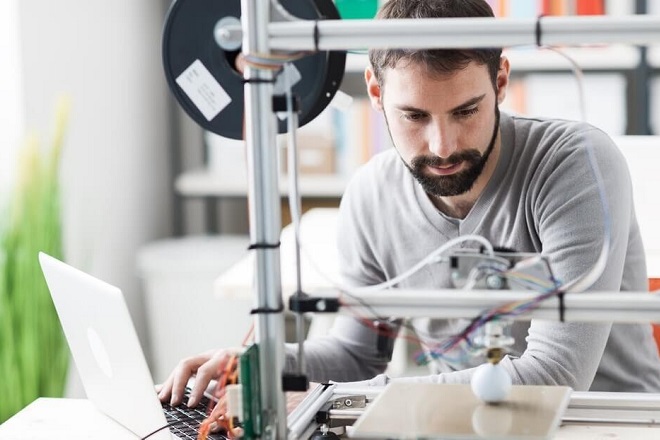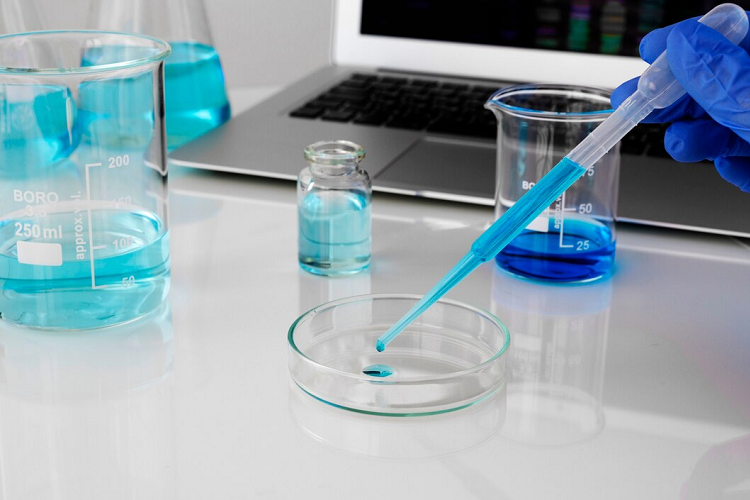Metal welding is the process of permanently joining two pieces of metal or plastic together. Welding comes in many forms and techniques, each welding type has something different to offer and will work better than others on different types of metals.
Most use extreme heat to melt the two materials together. Some use alternative means such as solid-state welding on materials, which don’t handle heat very well.
Most welding processes are relatively new, developing during the industrial revolution and after the common usage of electricity.
What Are the Different Types of Welding?
In the welding industry, there are so many types of welding, and their welding processes are used for joining metals, horizontally or vertically, or any other desired shape. These processes are performed all over the world in various welding areas, i.e. aerospace, construction, pipelines, tubes, rail-lines, automobile, steel, ship-building, solar, electronics, and storage tanks, etc.
So, what are the different types of welding?
MIG Welding
MIG welding is one of the easiest types of welding for beginners to learn. MIG welding is actually two different types of welding: the first one uses bare wire and the second one – flux core.
Bare wire MIG welding can be used to join thin pieces of metal together.
Flux core MIG welding can be used outdoors because it does not require a flow meter or gas supply.
TIG Welding
This welding process uses a non-consumable tungsten electrode that heeds the metal base.
So, the electric current runs through a tungsten electrode, which heats the material base and creates an arc that afterwards melts the wire and creates the weld pool. It’s used along with a shielded gas, such as argon, for protecting the weld pool against atmospheric contamination.
This type is used to weld most conventional metals, including aluminum, steel, nickel alloys, copper alloys, cobalt, and titanium.
Arc Welding
Generally known as stick welding, arc welding is the most basic of all welding types, is easy to master in a home welding situation.
Stick welding can be used for manufacturing, construction, and repairs, very much well suited for heavy metal size 4 millimeters upwards. Thinner sheet metals and alloys are usually more suited to the MIG welding types.
There are different types of arc welding. Which arc welding method you use depends mostly on the metal. Some of them are:
Flux-cored Arc Welding (FCAW)
This type of arc welding uses tubular electrodes filled with flux. While emissive flux shields the arc from the air, non-emissive fluxes may need shielding gases. It is ideal for welding dense sections that are an inch or thicker because FCAW has a higher weld-metal deposition rate.
Submerged Arc Welding (SAW)
SAW works with a granular flux that creates a thick layer during welding, which completely covers the molten metal and prevents sparks and spatters. This method enables deeper heat penetration because it acts as a thermal insulator.
SAW is used for high-speed sheet or plate steel welding. It can be semiautomatic or automatic. However, it is limited to horizontal welds.
Plasma Arc Welding
Plasma arc welding is a precision technique and is commonly used in aerospace applications where the metal thickness is 0.015 of an inch. One example of such an application would be on an engine blade or an air seal. Plasma arc welding is very similar in technique to TIG welding, but the electrode is recessed and the ionizing gases inside the arc are used to create heat.
Electron Beam and Laser Welding
Electron beam and laser welding are extremely precise, high energy welding techniques.
Gas Welding
Gas welding is rarely used anymore and has been largely superseded by TIG welding. Gas welding kits require oxygen and acetylene and are very portable. They are still sometimes used to weld bits of car exhaust back together.
What Kind of Powder Is Used in Metal Welding?
Metal powders play an extremely important role in powder metallurgy. These are highly engineered materials. The particle size, shape and size distribution of metal powder affect the characteristics and properties of the compacted product. A large number of types and grades of powders available which makes possible the production of a wide variety of components for meeting numerous performance requirements.
Atomization is the most common method for producing metal and pre-alloyed powders, or powders consisting of two or more elements alloyed in the powder manufacturing process.
Powder materials include
- iron
- steel
- stainless
- nickel
- tool steel
- aluminum
- copper
- and their many alloys.
Iron and steel account for 80% by weight of all metal powders produced annually.
Powdered metals are used in many areas of manufacturing, including business machines, the electronics sector, and telecommunications.
It is a well-known fact that additions of iron powder to covered electrode coatings increase the metal recovery. Moreover, by diluting the electrode coating with iron powder, the heat generated during welding will be more efficiently utilized. Iron powder additions also allow covered electrodes to operate at higher amperages without overheating. All in all, this results in improved efficiency and higher deposition rates.
More information see on https://schweissgeraet-testsieger.de/fuelldraht-schweissgeraet-test/






